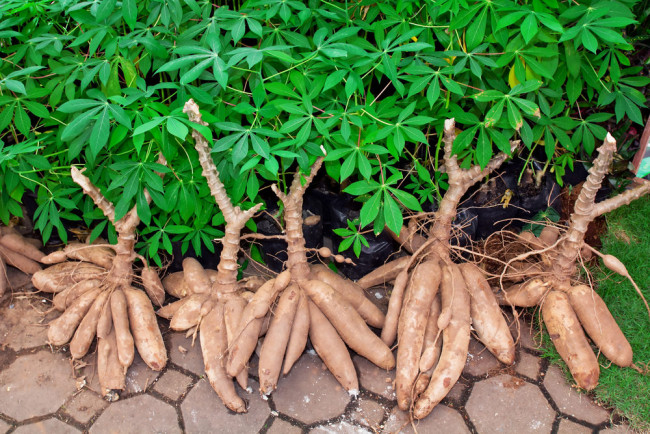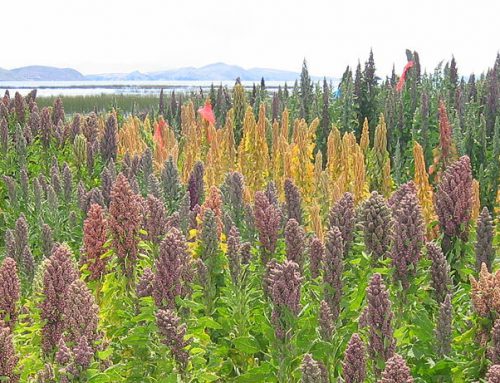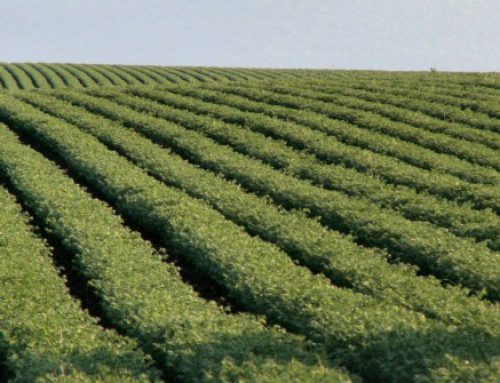Its leaves are edible, but it is mostly appealing for its roots tubers, with their white and compact flesh and that can measure up to 80 cm!
Origin
This perennial shrub originating from South-America comes with its root tubers, prized in Africa and the Amazon region for their high yield and nutritional value. After a long and essential process, it can be transformed into Tapioca!
And what is Tapioca?
Tapioca is a starch produced from the tubers of cassava, a tropical plant native to Brazil. Toxic in nature, these roots must be successively peeled, crushed, soaked, dried, passed over a fire, and re-crushed to be able to deliver us its benefits. Used since ancient times by the local population, the Western world discovered tapioca when the Portuguese landed in Brazil in the sixteenth century. Having exhausted their food, they exchanged manufactured goods for a kind of satiating meal that happened to be tapioca, the cassava starch.
Nutrition and Health
A mix of carbohydrates, vitamins and minerals, tapioca contains very few bad fatty acids and is known to aid digestion and intestinal transit. Less prompt to having been modified than potato and corn, from which we make popular starches, it will advantageously replace them as a thickener for your soups and sauces!




